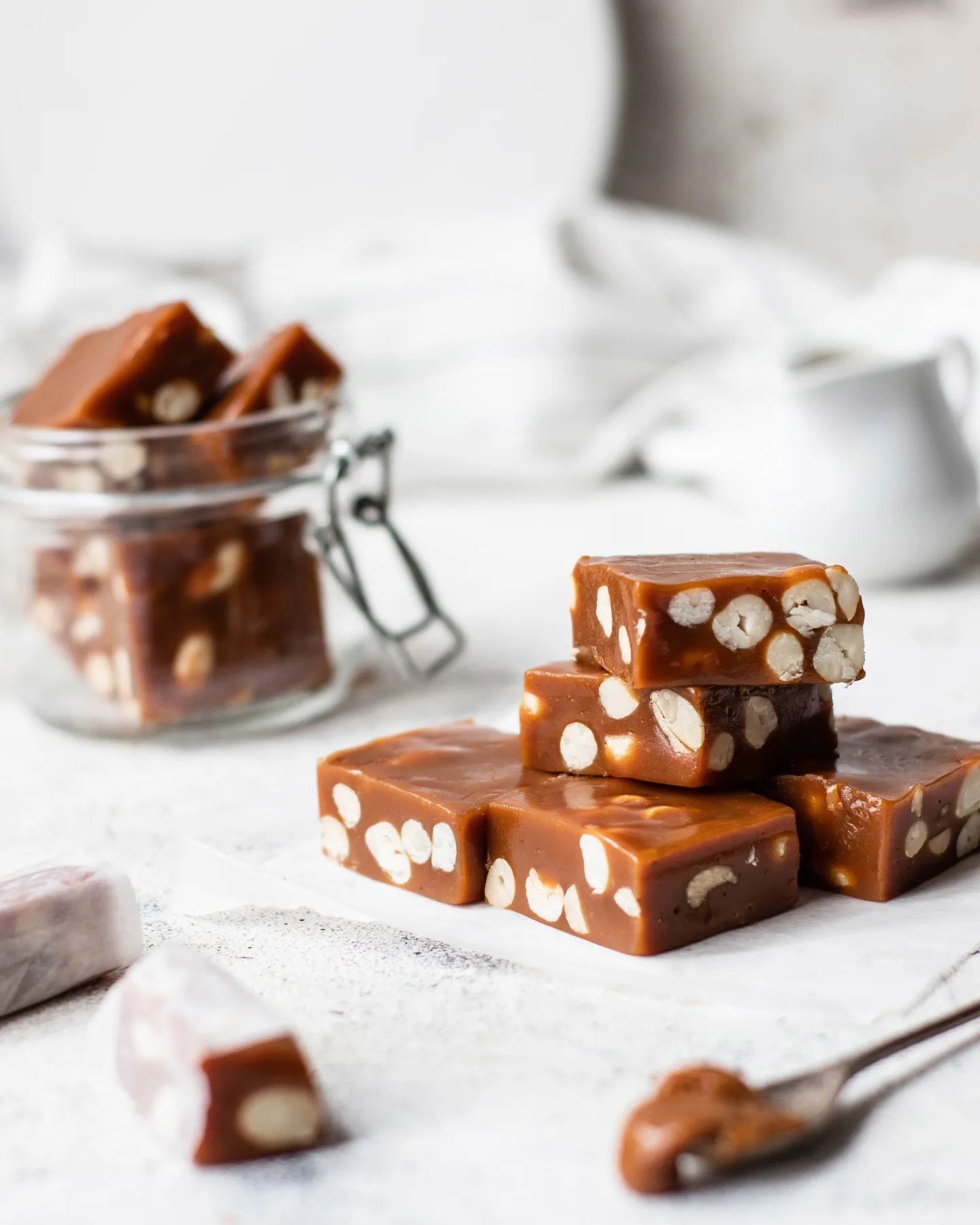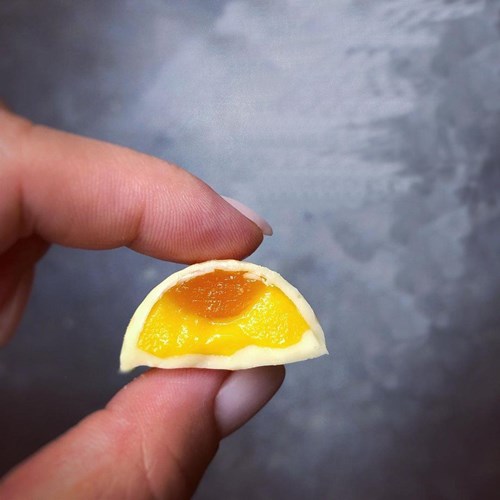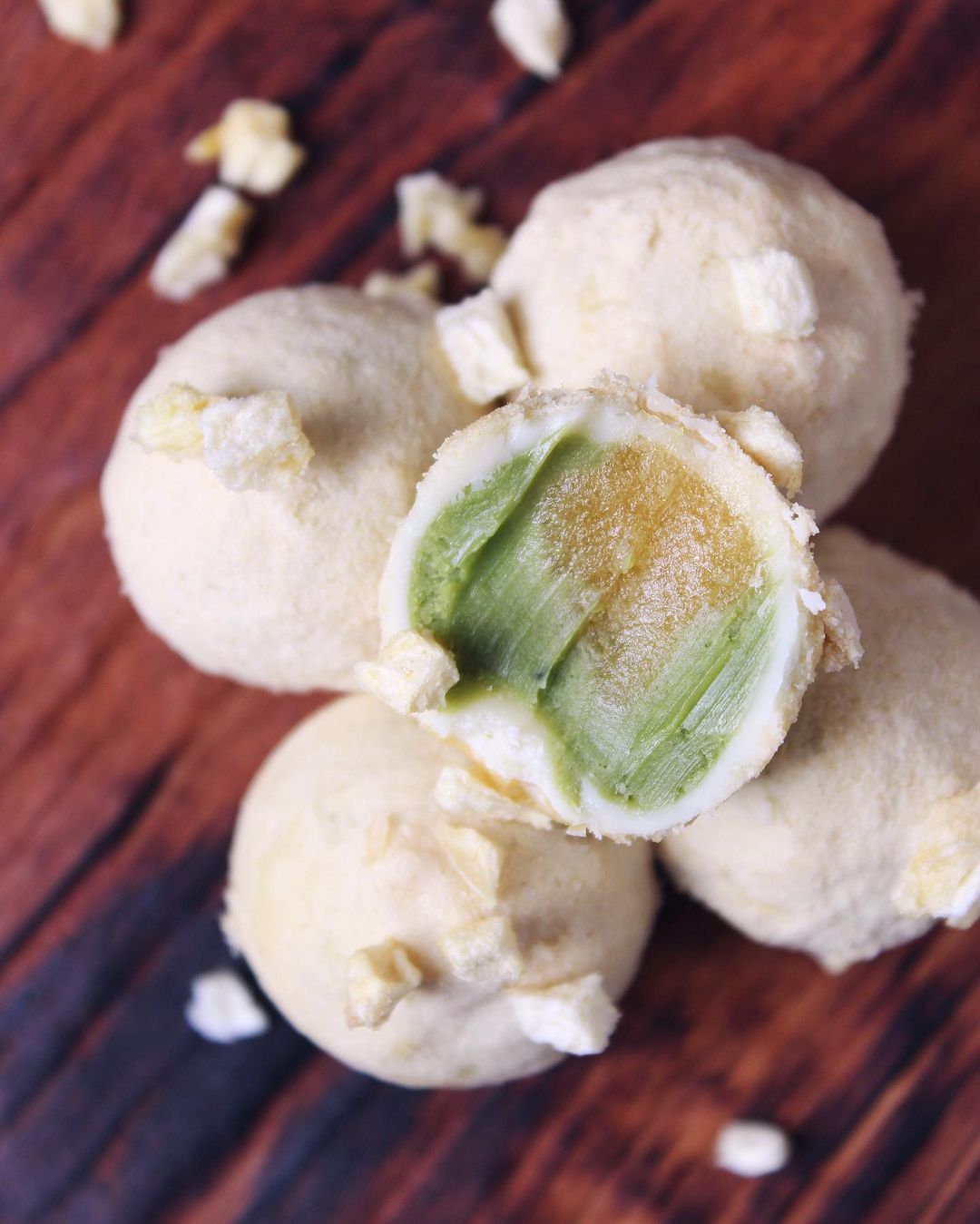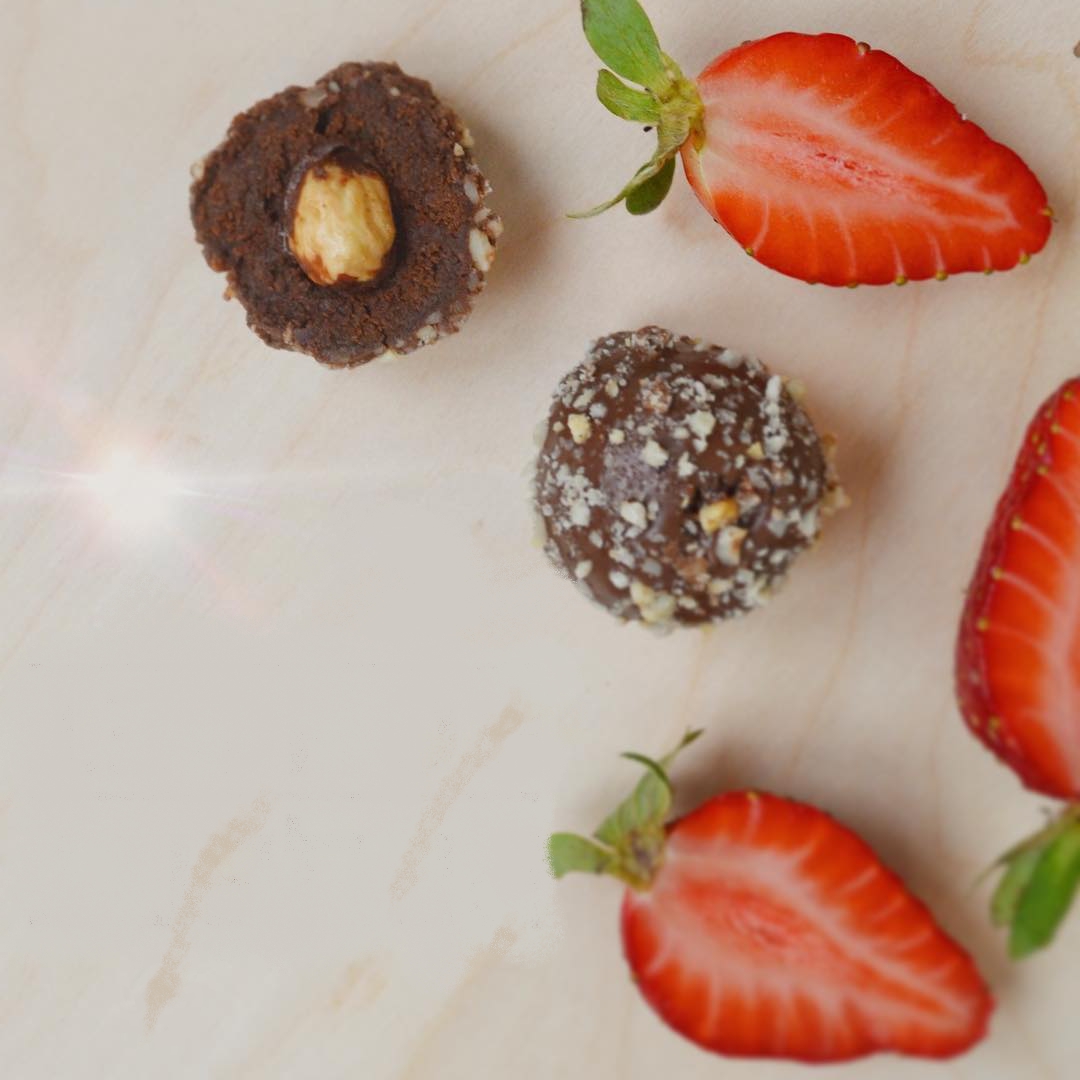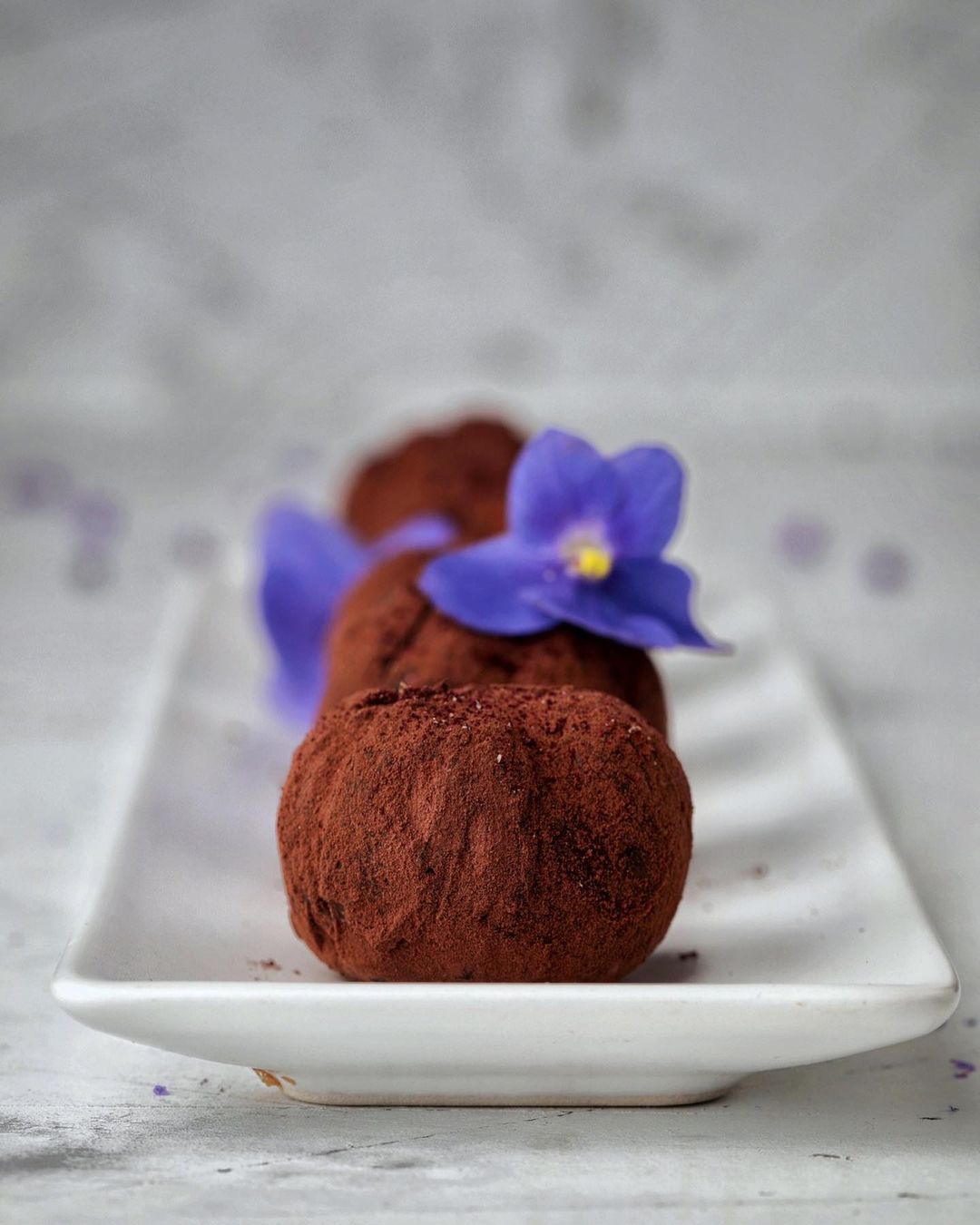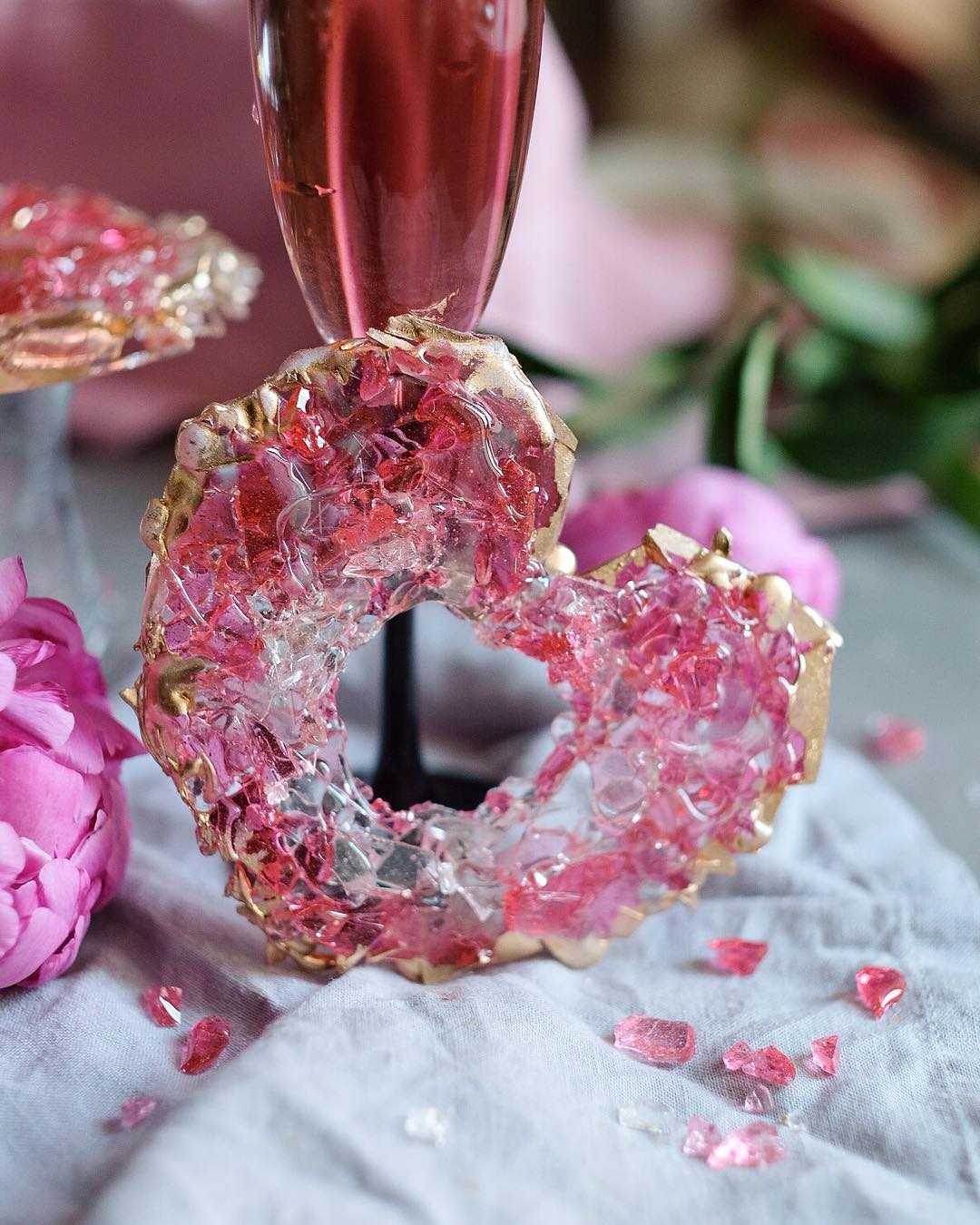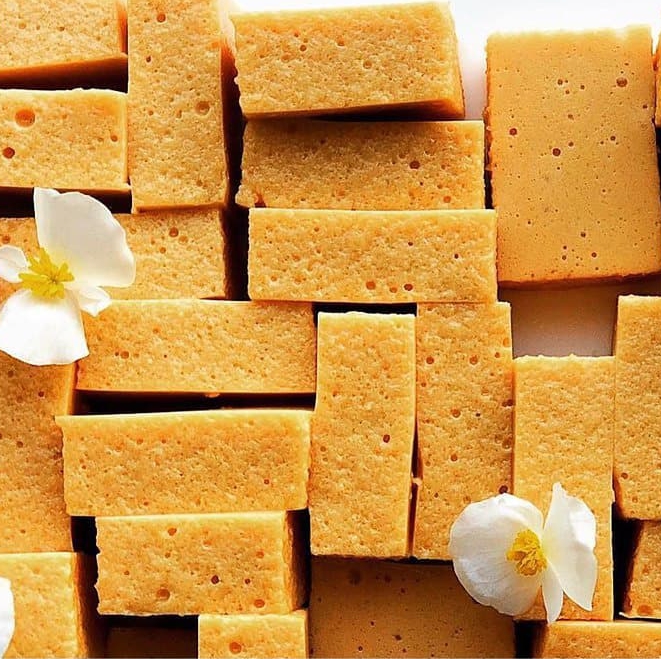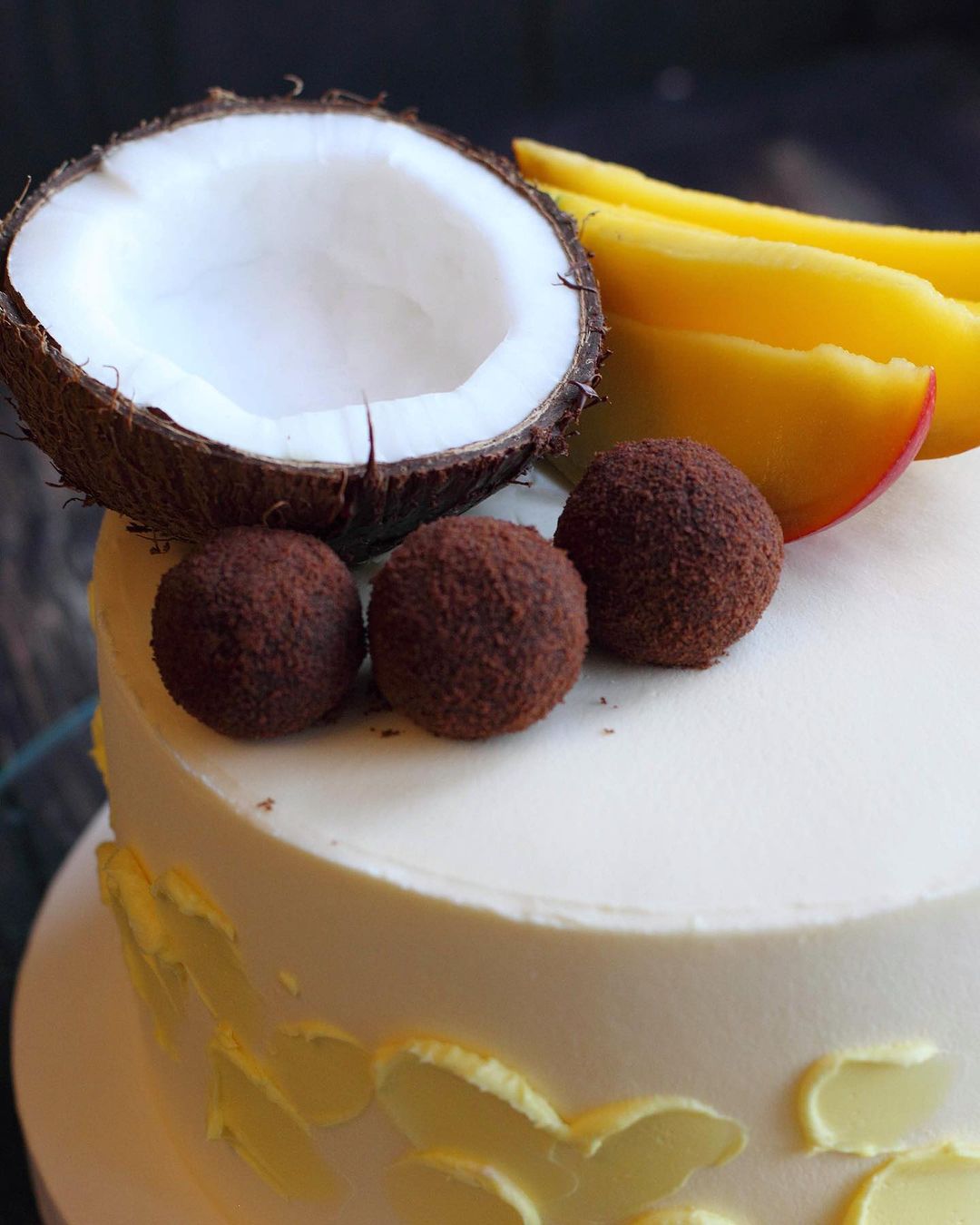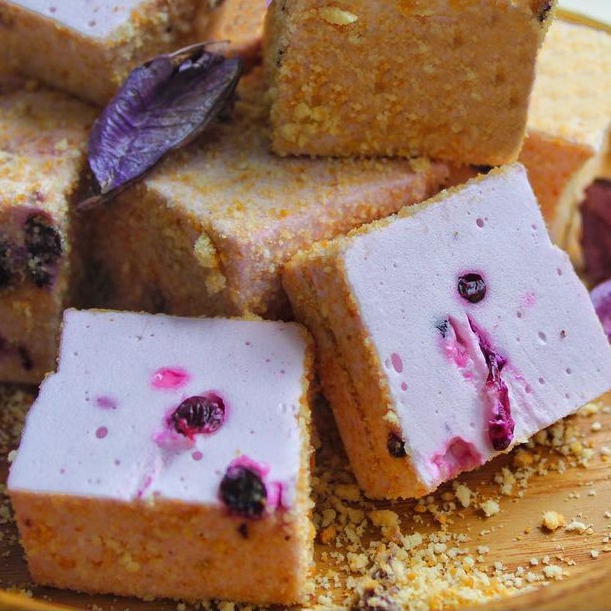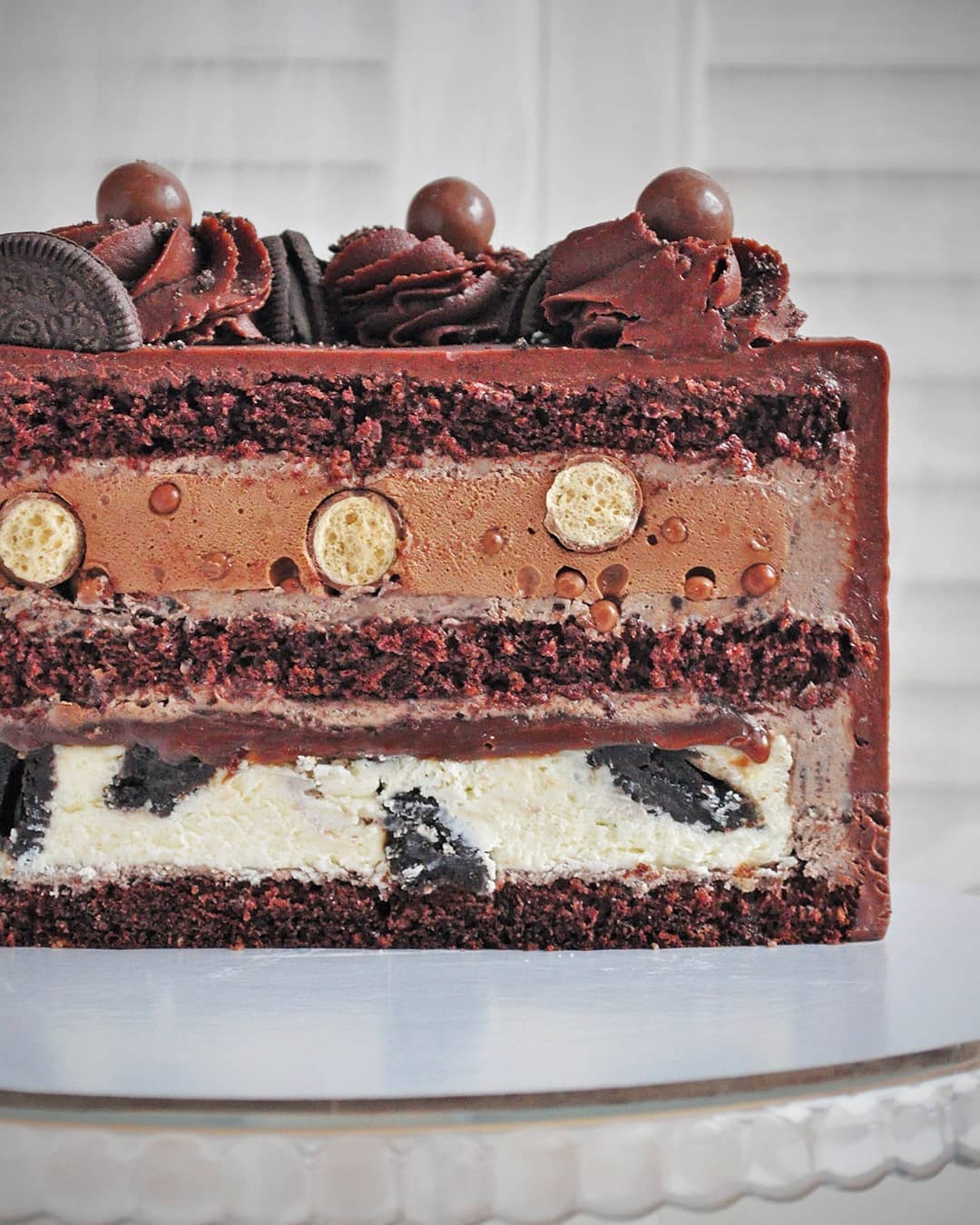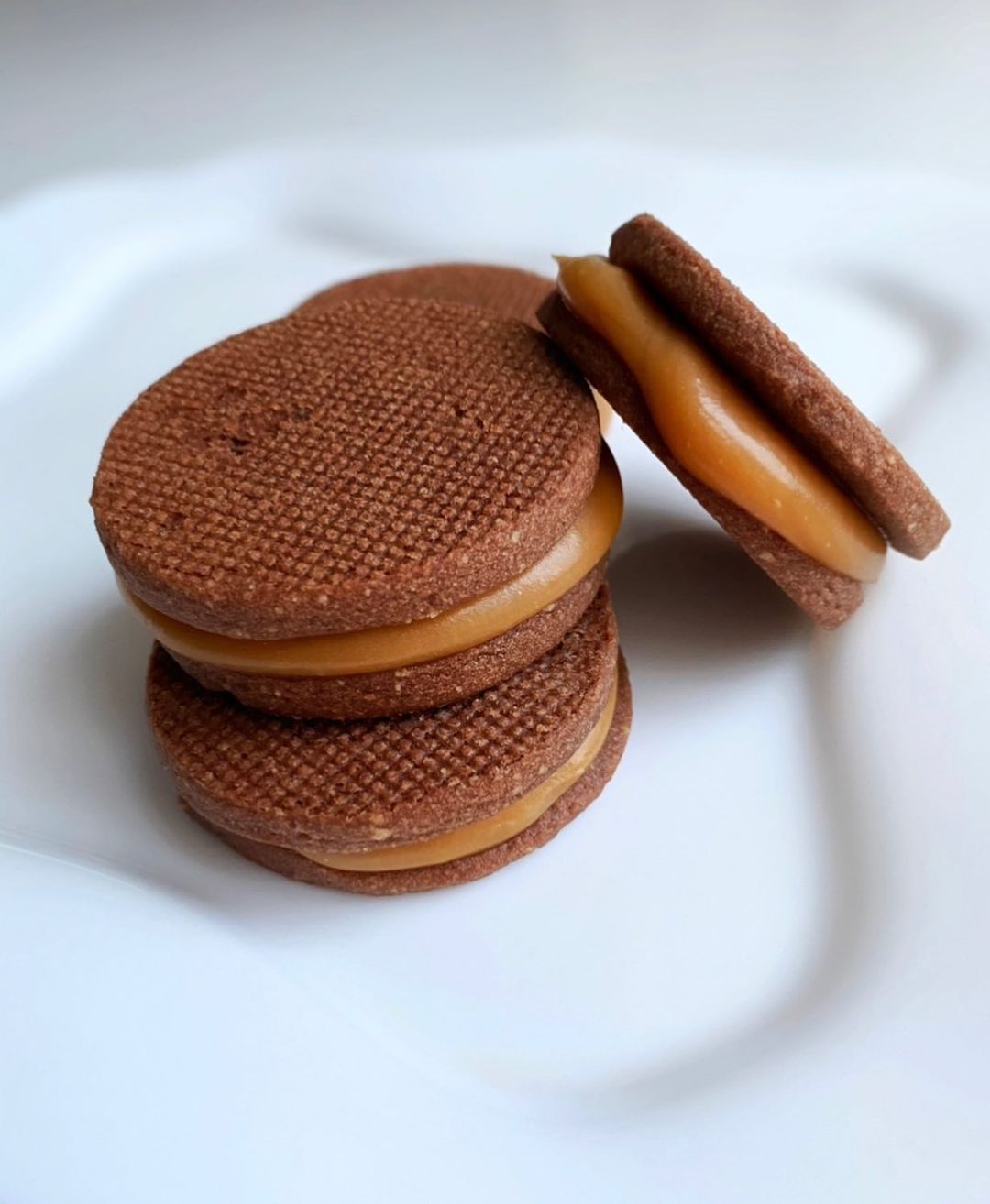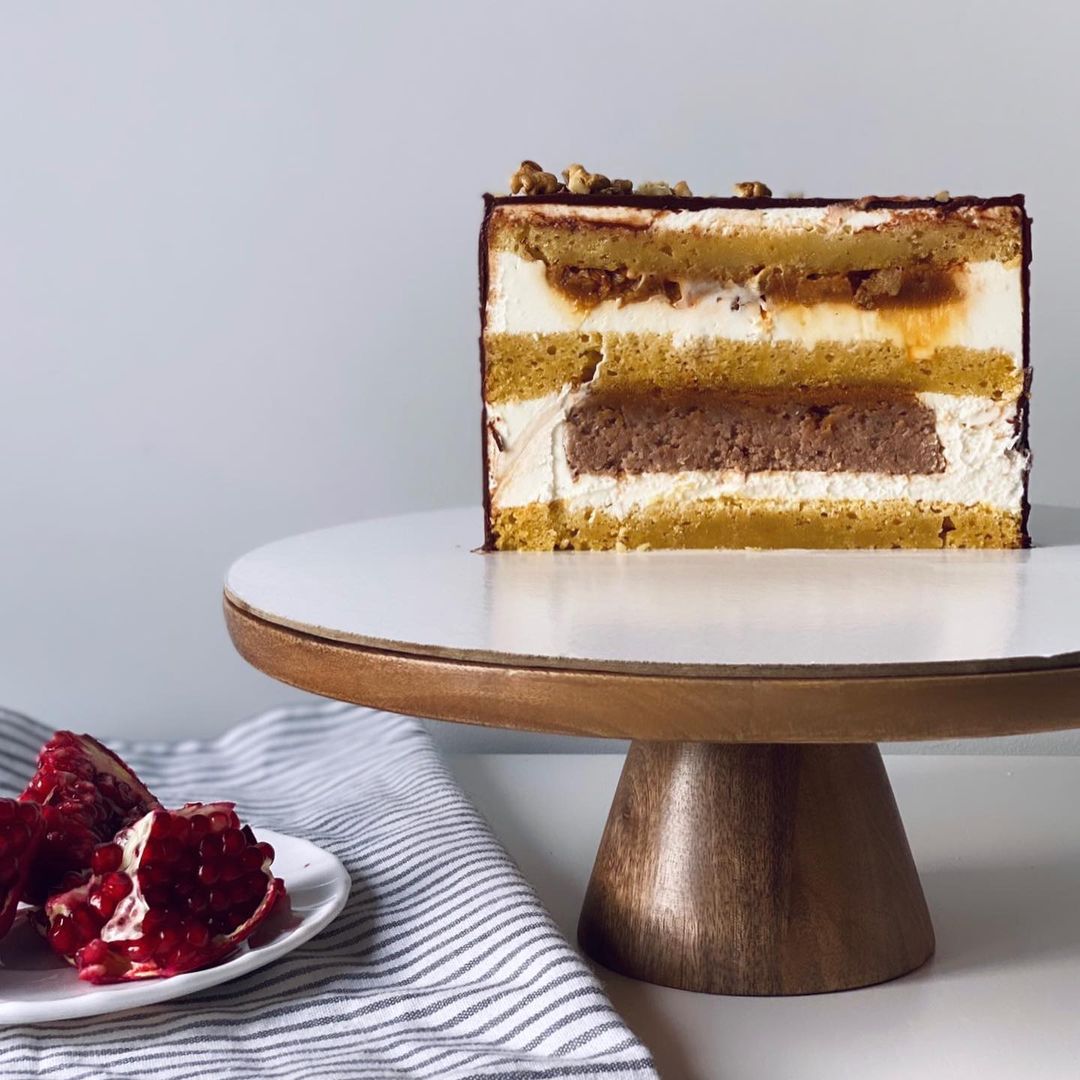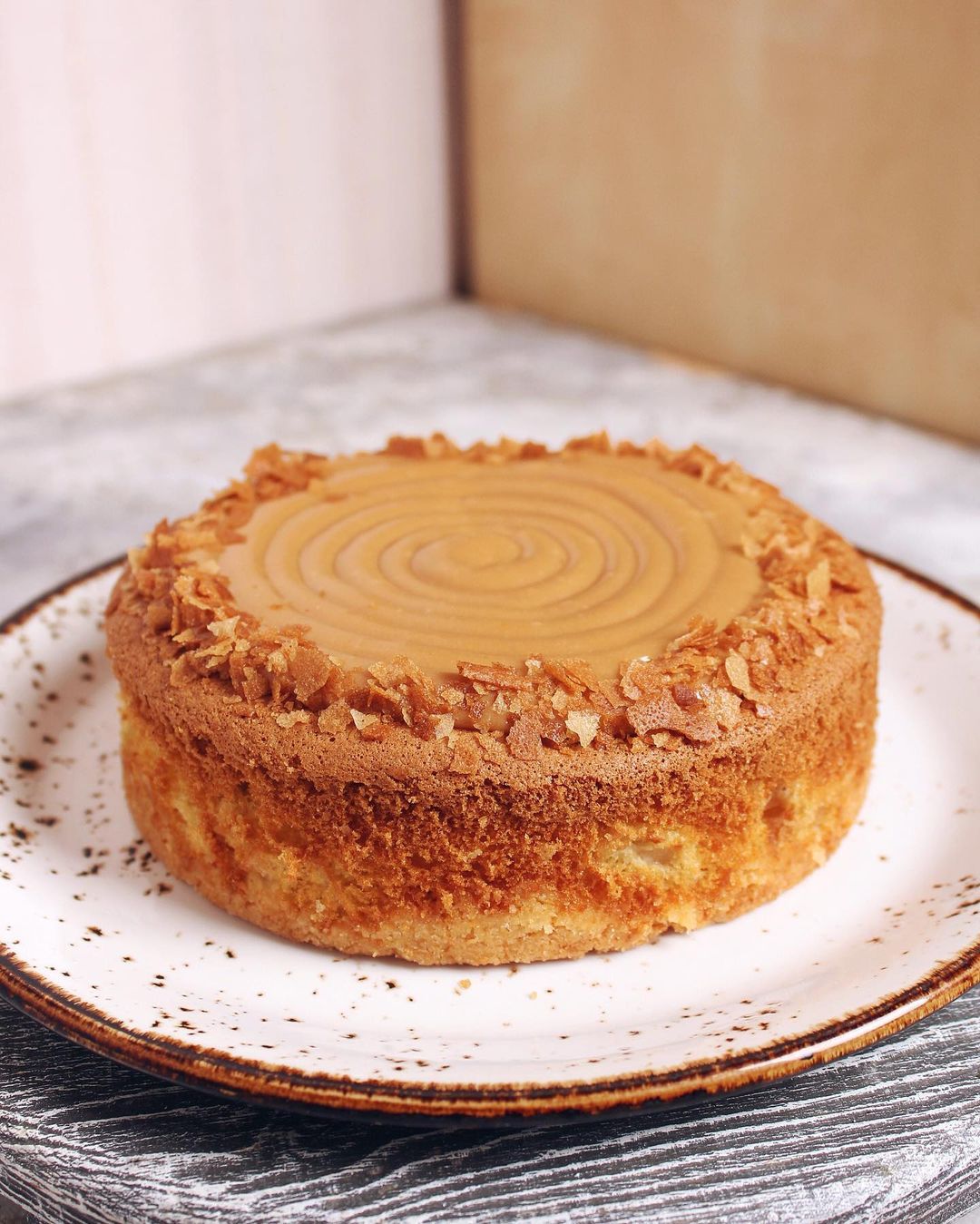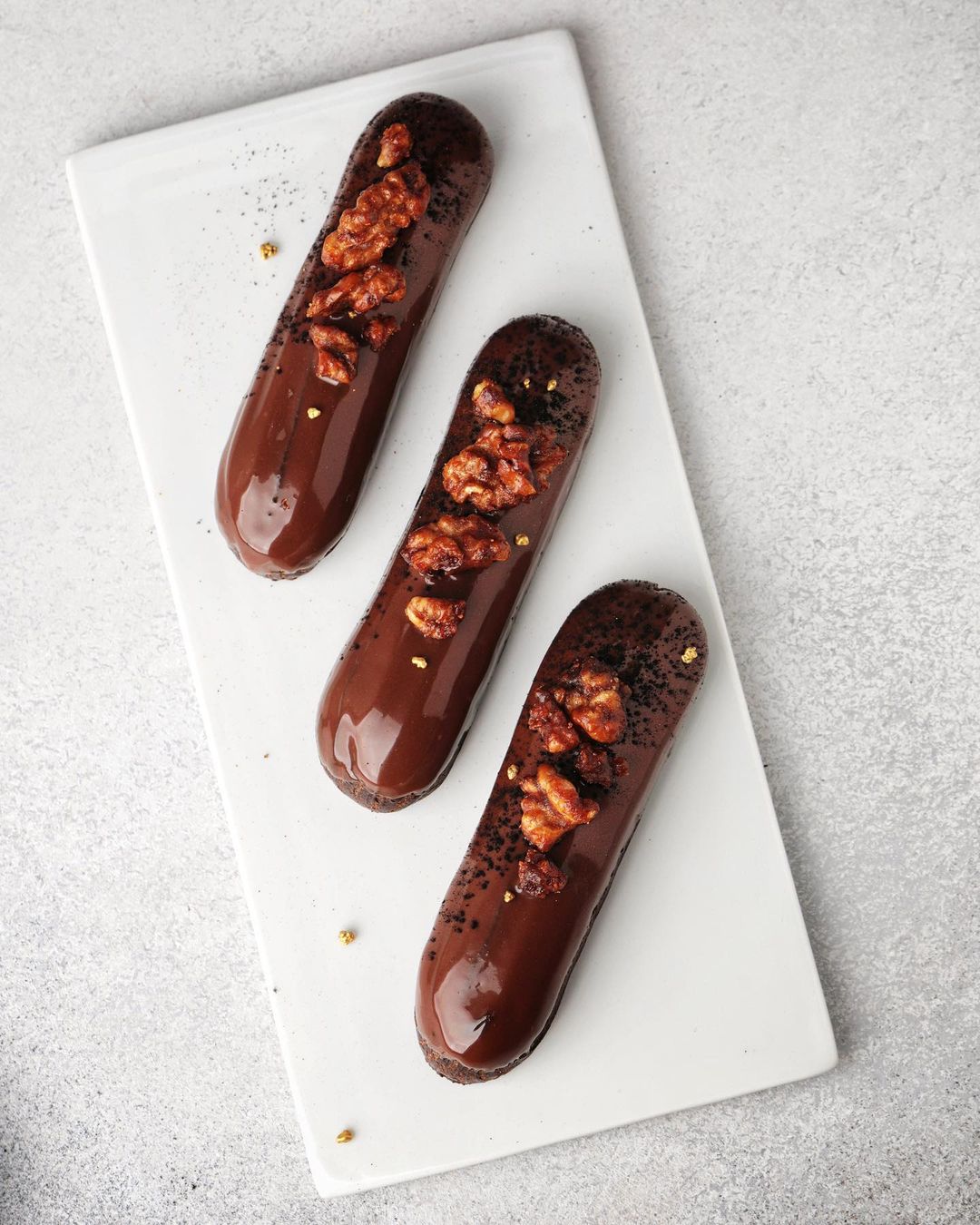Ingredients
Toffee
Instructions
Step 1
Step 2
Step 3
Step 4
Step 5
Step 6
Step 7
Step 8
Servings
Equipment
A thick-walled saucepan helps to distribute heat evenly, preventing the sugar from burning as it melts.
Essential for stirring the caramel without scratching your pan, and it withstands high temperatures.
Vital for ensuring the toffee reaches the right temperature for the perfect texture. If you don't have one, a good rule of thumb is to watch the consistency closely.
Line your pan with parchment paper to make removing the toffee a breeze.
Helps the toffee cool evenly and speeds up the setting process.
Variations
Faq
- What should I do if my sugar starts to burn?
If your sugar begins to burn, remove it from heat immediately and start over. Using a heavy-bottomed saucepan and monitoring the heat closely can prevent this.
- How do I know when my toffee is done without a thermometer?
Watch for the consistency to thicken well. It usually takes about 10-15 minutes, and a small drop of the mixture should hold its shape when dropped in cold water.
- Can I use different nuts instead of peanuts?
Absolutely! Feel free to substitute with any nuts you prefer, like almonds, pecans, or cashews. Just ensure they're roasted for the best flavor.
- Can I add chocolate to my toffee?
Yes, for a chocolate twist, you can spread a layer of melted chocolate over the cooled toffee and let it set before cutting it into pieces.
- How long can I store homemade toffee?
Stored in an airtight container at room temperature, your toffee will last for up to two weeks. You can also refrigerate or freeze it for longer shelf life.
- What's the best way to cut the toffee into squares?
Use a sharp knife and warm it slightly under hot water before cutting. This will make slicing through the toffee much easier and give you clean edges.

